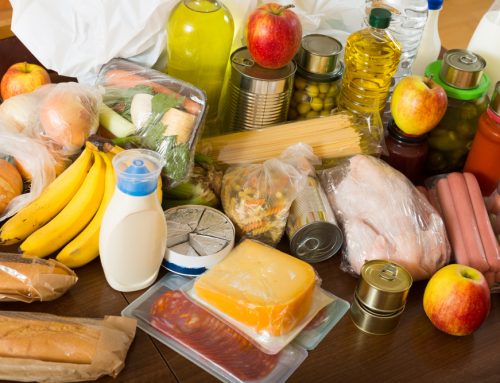April 29, 2024
Agricultural income is subject to major fluctuations: in 2023, the real agricultural income per work unit decreased by 21.5% compared to the exceptionally good result in the previous year, according to the second estimate of the economic accounts for agriculture by Statistics Austria. The main reasons for the fall in agricultural incomes are the decline in in cereal prices, lower subsidies and increased fixed capital consumption.
Output of the agricultural industry down slightly compared to peak year 2022
Following a sharp increase in 2022, the total output of the Austrian agricultural industry amounted to €10.2 bn in 2023. It thus stayed at a high level, albeit lower than in the previous year (−2.9%). While the value of crop output decreased substantially compared to 2022 (−13.2%), the value of animal output further increased (+5.1%). The development varied for the different product groups: In case of cereals and oil seeds, the high price levels of the previous year could not be maintained, leading to a very marked drop of output values. There were also price-driven reductions in the output values of sugar beets and forage plants. The decline in the output value of fruits was caused by harvest shortfalls, which could not be compensated by higher prices. On the other hand, increases in value due to risen prices were recorded for vegetables, potatoes and wine. In pig production, output volume further decreased; however, substantially higher prices enabled a strong growth in output value. Moderate increases in output value were achieved for milk, poultry and eggs. In contrast, the value of cattle output decreased slightly, caused by a lower output volume.
Production costs remained high, subsidies decreased
The expenses of the agricultural industry for intermediate consumption in 2023 were estimated at about €5.8 bn. After a very sharp rise in 2022, prices for animal feedingstuffs, fertilisers and energy fell substantially. In the meantime, other intermediate consumption goods such as seeds, plant protection products, agricultural services as well as maintenance expenses for machines and buildings became more expensive.
This explains the comparatively moderate decline in expenses for intermediate consumption (−3.5%) compared to last yearʼs high figure. Fixed capital consumption continued to rise strongly (+9.6%), among others caused by further price increases for investment goods. In addition, lower subsidies contributed to the decline in agricultural income in 2023. Following a substantial rise in the previous year due to different supporting measures compensating rising costs, in 2023 subsidies fell by about 14.9%. Amounting to about €1.5 bn in 2023, they represent an important income component.
Factor income decreased substantially
The total factor income generated by the agricultural industry, which measures the remuneration of the production factors land, labour (family and non-family labour force) and capital used in the production process, amounted to about €3.0 bn (−16.7%), according to preliminary calculations. With an estimated decline in agricultural labour input by 1.4%, the average income decrease per worker was 15.5% in nominal terms (2022: +31.4%) respectively 21.5% in real terms
Source: Statistics Austria
Legal Notice: The information in this article is intended for information purposes only. It is not intended for professional information purposes specific to a person or an institution. Every institution has different requirements because of its own circumstances even though they bear a resemblance to each other. Consequently, it is your interest to consult on an expert before taking a decision based on information stated in this article and putting into practice. Neither Karen Audit nor related person or institutions are not responsible for any damages or losses that might occur in consequence of the use of the information in this article by private or formal, real or legal person and institutions.






